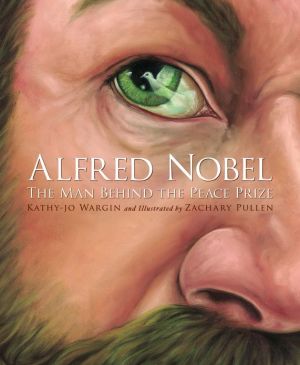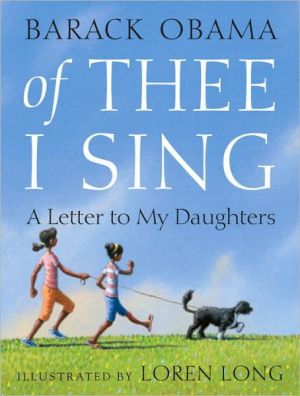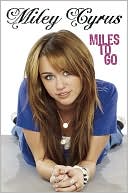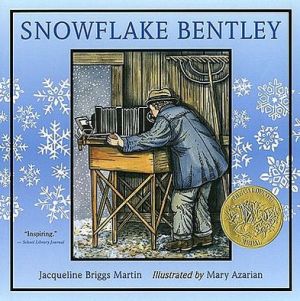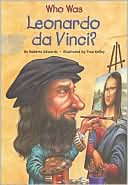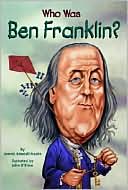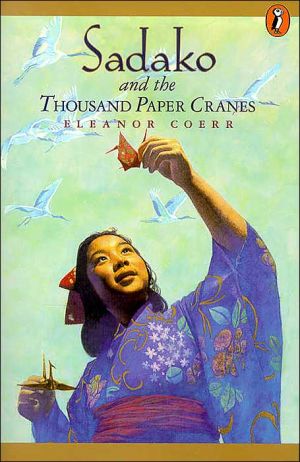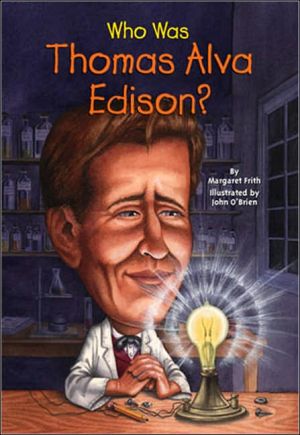Man Behind the Peace Prize: Alfred Nobel
Search in google:
\ Children's Literature\ - Beverley Fahey\ This is less a biography of Alfred Nobel than it is an explanation of his legacy. It begins with Nobel in his lab realizing the explosive power of liquid nitroglycerin, and it follows his work as he experimented with ways to make it safe. His breakthrough moment came when he mixed it with sand and packed it into rods that required blasting caps to ignite. He named his product "dynamite," which is Greek for power. It was Nobel's belief that people would fear the power of the explosive and thus seek to avoid war. He was dismayed and discouraged when, in fact, the opposite happened. Influenced by this experience, he left his considerable fortune to establish awards to be given to those who "rendered the greatest services to mankind." There was to be a special prize for peace. Little is to be gleaned from this thumbnail sketch of the man, but the book does establish a link between the annual prizes and the man for whom they are named. The outstanding feature of this book is the handsome artwork. The oil paintings do manage to capture Nobel's emotions, especially sadness. Rich, vibrant colors evoke the seasons, the intensity of Nobel's work in his lab, and the drama of the explosions. Appended is a list of the Nobel Peace Prize winners from 1901 through 2008. This should not be a first purchase for schools and libraries, but it would be a suitable supplemental item. Reviewer: Beverley Fahey\ \ \ \ \ School Library JournalGr 3-6\ Accompanied by large, captivating realistic paintings, this picture-book biography briefly depicts Nobel's life. According to the straightforward text, the inventor of dynamite hoped his discoveries "...would prevent war. He thought that if people were afraid of the harm that explosions could cause, perhaps they would settle things peacefully first." However, he eventually realized that he was perceived as "a man who earned his wealth by inventing ways to injure and kill," a fact that depressed him. While the text provides basic research information, it raises complicated questions in a sometimes oversimplified manner. Ultimately, it leaves readers yearning for more and wondering just who Alfred Nobel really was. A list of Nobel Peace Prize winners is appended.-Sarah O'Holla, Village Community School, New York City\ \ \ \ Kirkus ReviewsA picture-book biography of the inventor of dynamite and creator of the Nobel Prizes fills a niche but oversimplifies somewhat in so doing. From his discovery that the volatility of nitroglycerin might be harnessed for use to the reading of the will in which he established the famous prizes, the brief account sketches in the basic details of Nobel's adult life: his fondness for reading and writing, his tinkering with explosives, the factory blast that killed his brother Emil and four others and the premature obituary he read when his brother Ludvig's death was misreported as his own. Throughout, Wargin depicts a melancholy but committed pacifist who hoped "his inventions would prevent war." Pullen's full-bleed paintings are at their best in Nobel's workshop, their subject intent on the chemical task at hand. While the brevity of the narrative is appropriate for the audience, for whom little else on the subject is available, it glosses over the fact that he manufactured armaments as well as tools for mining and manufacturing-an unfortunate elision. (list of Nobel Peace Prize winners) (Picture book/biography. 6-9)\ \
